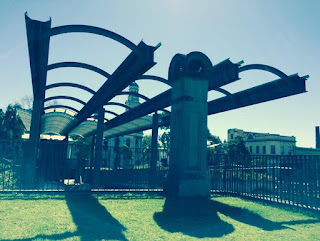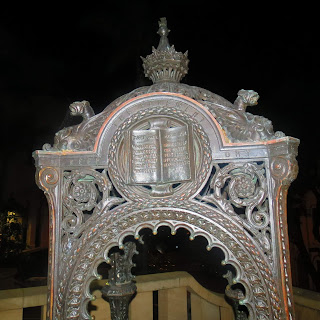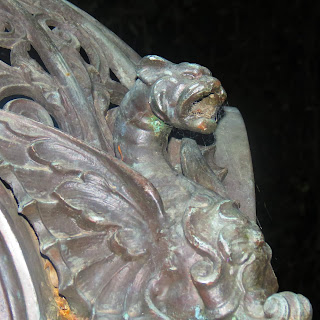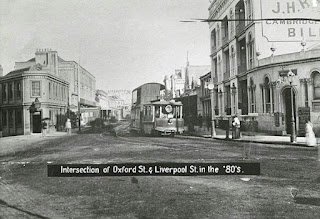Search This Blog
Saturday, December 11, 2021
Zink & Sons Tailors Since 1895 - Oxford Street - Darlinghurst
Saturday, October 9, 2021
Paddington Reservoir - Paddington - Sydney Water Suppply - New South Wales
Paddington Reservoir - Oxford Street - Paddington - New South Wales.
The Paddington Reservoir, also known as the Paddington Reservoir Gardens, is a heritage-listed site located in Paddington, Sydney, New South Wales, Australia. Here's some information about the Paddington Reservoir:
1. History: The Paddington Reservoir was originally constructed in the 1860s as an underground water reservoir to supply water to the growing population of Sydney. It was part of the Sydney's water supply infrastructure, designed by engineer Edward Bell.
2. Architectural Design: The reservoir was designed in a Romanesque Revival architectural style, which was popular during the Victorian era. The structure features a blend of brickwork and iron columns, with arches and vaulted ceilings.
3. Function: The reservoir was in operation until 1899 when it was decommissioned. It then went through several stages of use, including storage, workshops, and a service station. In the 20th century, the site fell into disrepair and was eventually abandoned.
4. Transformation into Gardens: In the 1990s, a redevelopment project aimed at transforming the reservoir into a public space was initiated. The site was restored and converted into the Paddington Reservoir Gardens, opening to the public in 2008.
5. Features: The Paddington Reservoir Gardens blend the historic elements of the underground reservoir with modern design. The site incorporates sunken gardens, walkways, seating areas, and reflective pools, creating a serene and contemplative atmosphere.
6. Heritage Significance: The Paddington Reservoir is listed on the New South Wales State Heritage Register and the Australian National Heritage List. It is recognized for its historical and architectural importance, as well as its contribution to the local community and the city's heritage.
7. Events and Activities: The Paddington Reservoir Gardens are a popular venue for various cultural events, art installations, and community activities. It also serves as a tranquil oasis for locals and visitors seeking respite from the bustling city.
The Paddington Reservoir stands as a testament to the historical water infrastructure of Sydney and has been successfully repurposed as a unique urban park. Its blend of historic and contemporary design elements, along with its peaceful ambiance, makes it a notable attraction in Paddington.
Wednesday, July 21, 2021
Sunday, March 7, 2021
Oxford Street - Darlinghurst - Sydney - New South Wales - 1788 Onwards
Oxford Street - Darlinghurst - Sydney - New South Wales - 1788 Onwards
From The Very First Few Days After Landing At Circular Quay The Aboriginal Track Across The Top Of The Ridge Which Became Darlinghurst / Woolloomooloo Hill Has Been Used.
The Convicts Would Run Across The Ridge And Down Through The Centennial Swampland to Reach La Perouse and Would Run Back To The Camp At Circular Quay Before Sunrise So They Wouldn’t Get Caught By Any Of The Marines.
Later That Aboriginal Track Was Turned Into A Road Leading to Bondi
Oxford Street At The Liverpool Street Junction Circa 1901
Saturday, February 27, 2021
Darlinghurst Courthouse - Oxford Street - Taylor Square
































